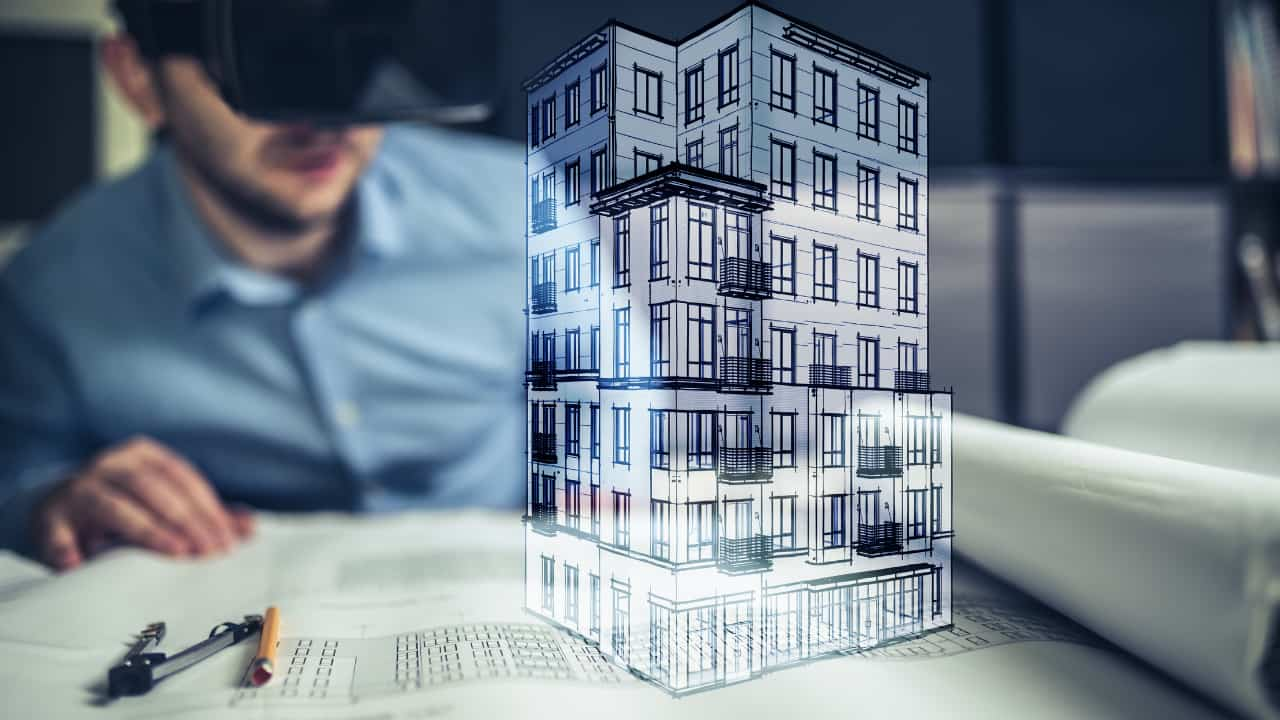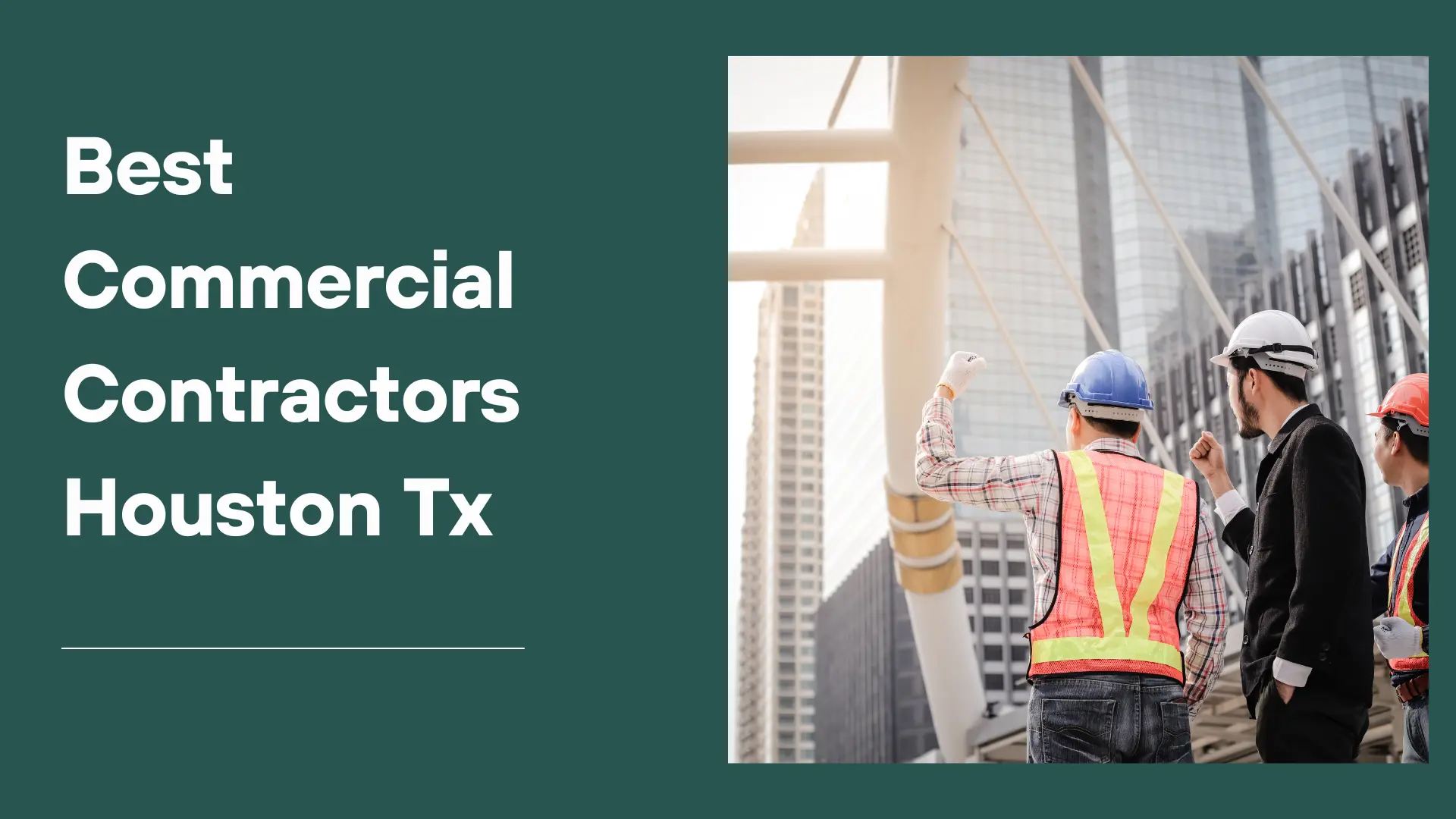Visualizing designs and concepts in a lifelike manner has never been more attainable, thanks to the power of photorealistic rendering.
This transformative technology brings a new level of realism to creative industries, enabling professionals to showcase their ideas with unprecedented clarity and accuracy.
In this article, we’ll explore ten compelling benefits that photorealistic rendering brings to the table, spanning architecture, design, marketing, training, and more.
10+ Benefits of Photorealistic Rendering Must Know

1. Enhanced Visual Communication
Photorealistic rendering empowers architects, designers, and creators to communicate their visions with crystal-clear precision. The meticulous representation of textures, lighting, and intricate details eliminates ambiguity, allowing stakeholders to grasp the final outcome effortlessly.
2. Accurate Design Evaluation
Gone are the days of relying solely on paper sketches or 2D blueprints. Photorealistic rendering provides the opportunity to evaluate designs in a virtual environment, enabling professionals to identify and rectify flaws, optimize spatial arrangements, and fine-tune elements such as lighting and materials.
3. Cost and Time Savings
Traditional prototyping and physical mock-ups can be both time-consuming and financially draining. Photorealistic rendering drastically expedites the design process by facilitating swift iterations and adjustments in the digital realm, leading to substantial time and cost savings.
4. Marketing and Presentation
Industries like real estate and product design benefit immensely from the marketing prowess of photorealistic rendering. These hyper-realistic visualizations create impactful marketing materials, brochures, and presentations that captivate potential customers and investors.
5. Reduced Environmental Impact

In the realm of architecture and urban planning, photorealistic rendering contributes to sustainable development. By simulating designs digitally, architects can gauge the environmental impact of various choices, from materials to lighting, thus enhancing energy efficiency and minimizing the project’s carbon footprint.
6. Streamlined Decision-Making
Integrating photorealistic rendering into the decision-making process eliminates much of the guesswork. Clients, stakeholders, and project teams can collectively review and assess design options, enabling faster consensus on crucial project aspects.
7. Realism in Training and Simulations
Photorealistic rendering finds its way into training and simulations, particularly in fields like medicine and aviation. By recreating scenarios in a true-to-life virtual environment, medical professionals and pilots can practice and prepare for critical situations safely and effectively.
8. Unveiling Aesthetics and Auras
Interior designers and decorators leverage photorealistic rendering to unveil the aesthetics and atmospheres of their designs. Visualizing various styles, colour palettes, and decor arrangements aids clients in making informed choices aligned with their preferences.
9. Design Preservation and Restoration
In historical preservation and restoration, photorealistic rendering plays a pivotal role. It assists in meticulously recreating historical structures, filling in missing or damaged details, and contributing to the protection of cultural heritage.
10. Creative Freedom and Innovation
Photorealistic rendering empowers designers to break free from physical limitations and explore creative horizons. It enables experimentation with unconventional ideas, testing of futuristic concepts, and the cultivation of innovation.
Frequently Asked Questions (FAQs)
Is photorealistic rendering only useful for architectural designs?
No, photorealistic rendering has applications across various industries beyond architecture. It’s used in interior design, product visualization, gaming, film production, medical simulations, and more. Any field that benefits from realistic visualizations can harness the power of photorealistic rendering.
Do I need specialized hardware to use photorealistic rendering?
While having a powerful graphics card (GPU) is beneficial for complex scenes, basic photorealistic rendering can be accomplished on standard computers. Advanced rendering might require higher-end GPUs or even dedicated rendering farms, but entry-level projects can be tackled with accessible hardware.
How long does it take to create a photorealistic rendering?
The time required for photorealistic rendering varies depending on factors such as scene complexity, quality settings, hardware performance, and the rendering method used. Some renders can be completed in minutes, while more intricate scenes might take hours or even days.
Can photorealistic rendering replace physical prototypes?
In many cases, yes. Photorealistic rendering allows for virtual prototyping, saving time and resources. However, for specific applications like engineering, physical prototypes might still be necessary to test structural integrity and physical properties.
Does photorealistic rendering require advanced technical skills?
While a certain level of technical knowledge is helpful, many user-friendly software tools and platforms have simplified the process of creating photorealistic renderings. With tutorials and practice, even individuals without extensive technical backgrounds can produce impressive results.
Final Thoughts About Photorealistic Renderings
The advantages of photorealistic rendering are undeniable, spanning industries and disciplines. This technology revolutionizes the way we conceive, communicate, and realize ideas.
As technology continues to advance, photorealistic rendering will undoubtedly evolve, enabling professionals to push the boundaries of creativity while delivering solutions that captivate, inform, and inspire.
Check Our 3D Rendering Studio Services:
3D Exterior Rendering Services
3D Interior Rendering Services
3D Floor Plan Rendering Services
3D Architectural Walkthrough Animation
3D Product Rendering Services





